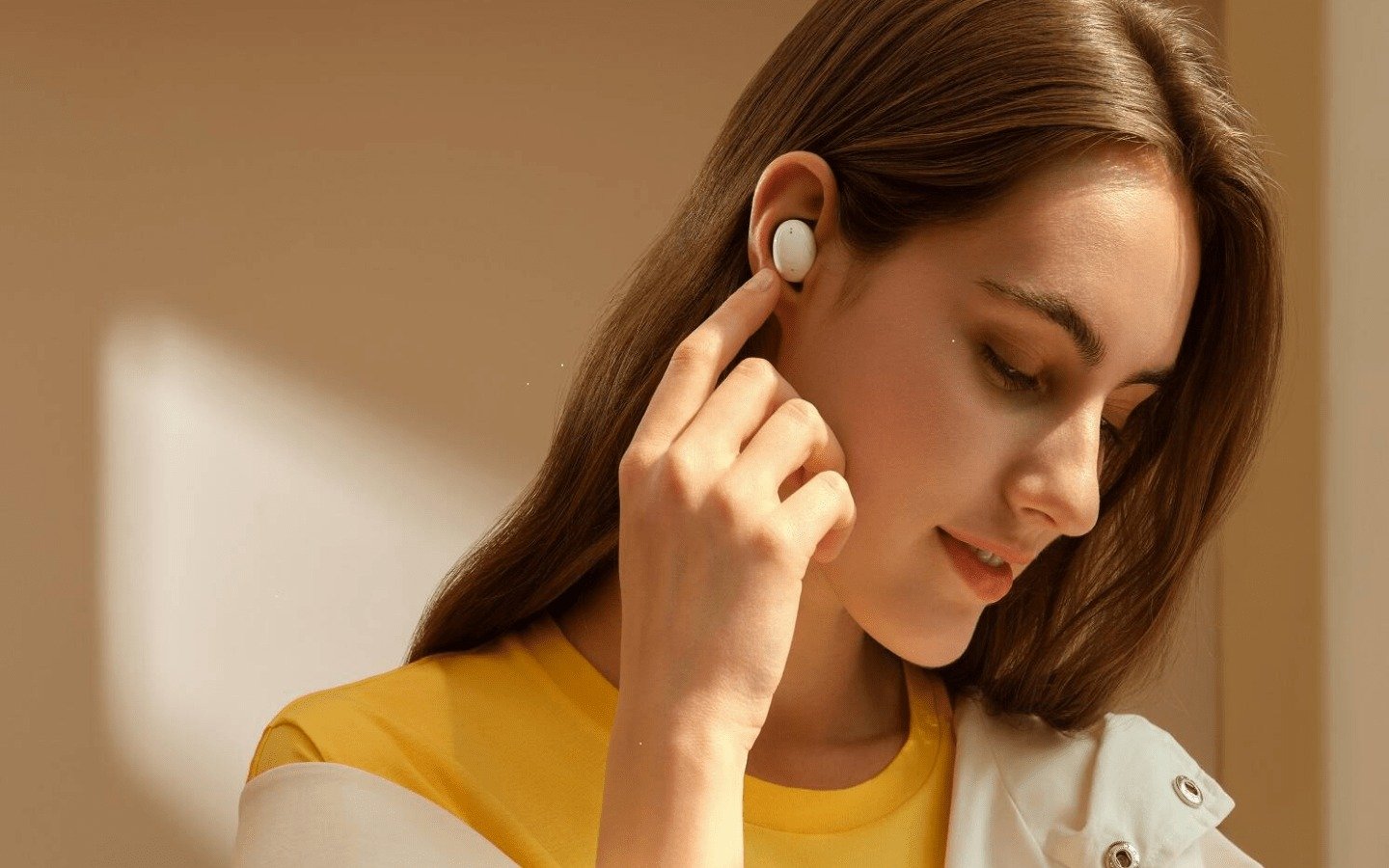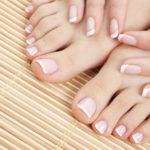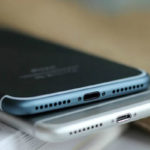1. Over-Ear Headphones: Gentle on the Eardrums but Prone to Heat and Infections
Over-ear headphones have a longer sound transmission distance and are believed to be less impactful on the eardrums, with effective noise cancellation. However, prolonged wear can lead to heat buildup, providing a breeding ground for bacteria and causing discomfort in the neck. Dr. Ho recommends taking breaks every 1-2 hours and regularly cleaning the ear pads to reduce the risk of infection.
2. Noise-Canceling Headphones: Reduce Volume Pressure but May Cause Dizziness and Anxiety
Noise-canceling headphones allow users to avoid increasing the volume in noisy environments, thus protecting their hearing more effectively. Nonetheless, extended use may create a sense of pressure in the ears, mild dizziness, and even anxiety. Dr. Ho emphasizes that these headphones should only be used in safe environments, and it’s important to take breaks to let your ears “breathe,” restoring their natural balance.

3. Earbuds and In-Ear Headphones: Convenient but Pose the Highest Risk
These two types of headphones are lightweight and portable, but they deliver sound directly into the ear canal, potentially damaging hearing. Prolonged use can push earwax deeper into the ear, leading to blockages, ear infections, or tinnitus. Notably, in-ear headphones, when worn too tightly and deeply over an extended period, can alter ear pressure, severely affecting auditory health.
Golden Rules for Using Headphones: “Not Too Loud, Not Too Long, and No Sharing”
Dr. Ho Hao Thuan emphasizes that regardless of the headphone type, three rules must be followed: avoid excessive volume, limit usage duration, maintain hygiene, and avoid sharing. If any abnormal signs such as tinnitus or hearing loss occur, discontinue use immediately and seek medical attention to prevent severe and irreversible damage.
What is the Function of the Small Circular Hole at the Bottom of Your Phone?
Have you ever noticed that tiny circular hole at the bottom of your smartphone? Ever wondered what its purpose might be? Well, wonder no more! This little hole is a crucial component of your device, serving a very specific function. But the question is, what exactly is it for? Uncover the mystery behind this inconspicuous feature and enhance your understanding of your trusty smartphone.





































